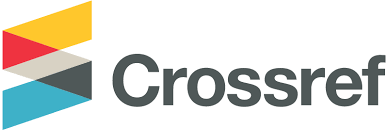Exploring the Role of Technology in EFL Listening: Learning Tools and Classroom Practices
DOI:
https://doi.org/10.24036/icolp.v4i1.224Keywords:
Classroom Practices, Digital Technology, EFL Classroom, Extensive Listening, Learning Tools.Abstract
The era of globalization supports the ease of human activities aided by tools known as digital technology. The presence of technology in the field of education aims to create learning tools suitable for cross-generational globally. In the EFL context, digital technology plays a pivotal role in enhancing students’ language skills and engaging students’ participation in the classroom. A phenomenological study was carried out to explore the role of digital technology used in extensive listening courses in facilitating students’ learning. Interviews and observations were conducted to gain the data. The data obtained were based on the experiences of the students in using digital technology in the EFL listening class and applied thematic data analysis type. The results showed that the students used technology as learning tools and learning sources to support their listening practices including YouTube, AI, Google Sites, Canva, and WhatsApp. Canva and Google Sites are a good combination as learning tools. Canva serves as a learning tool in graphic form and Google sites facilitate the collection of task results. Students gain significant benefits such as developing communication and collaboration, promoting students’ creativity, fostering independence and confidence, nurturing individual talents, being responsible with their own learning, and being able to identify their own difficulties as EFL learners



